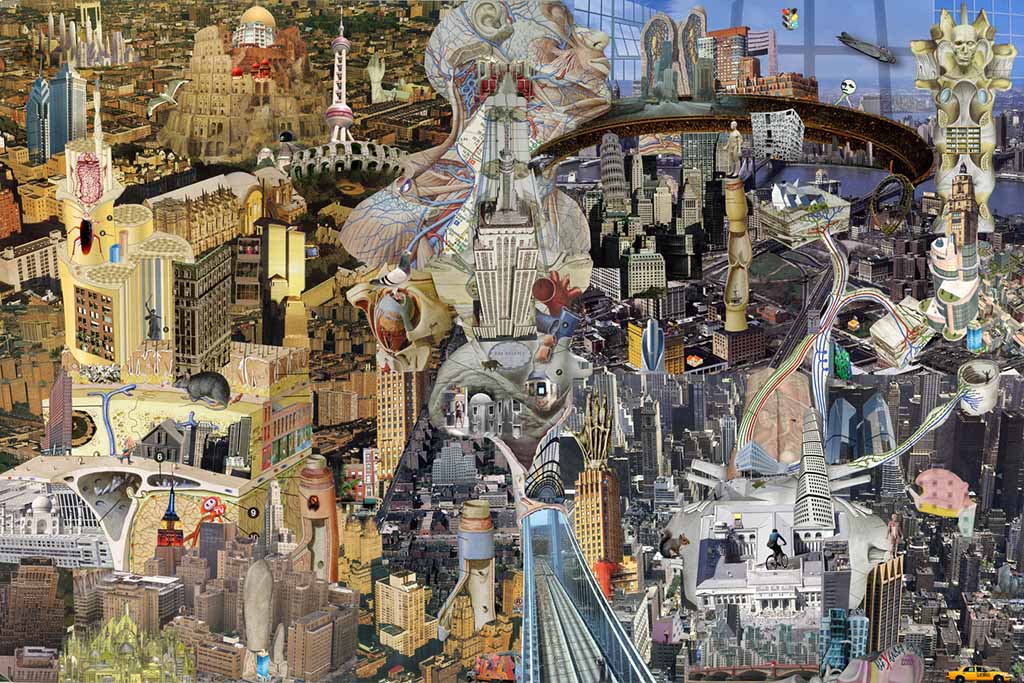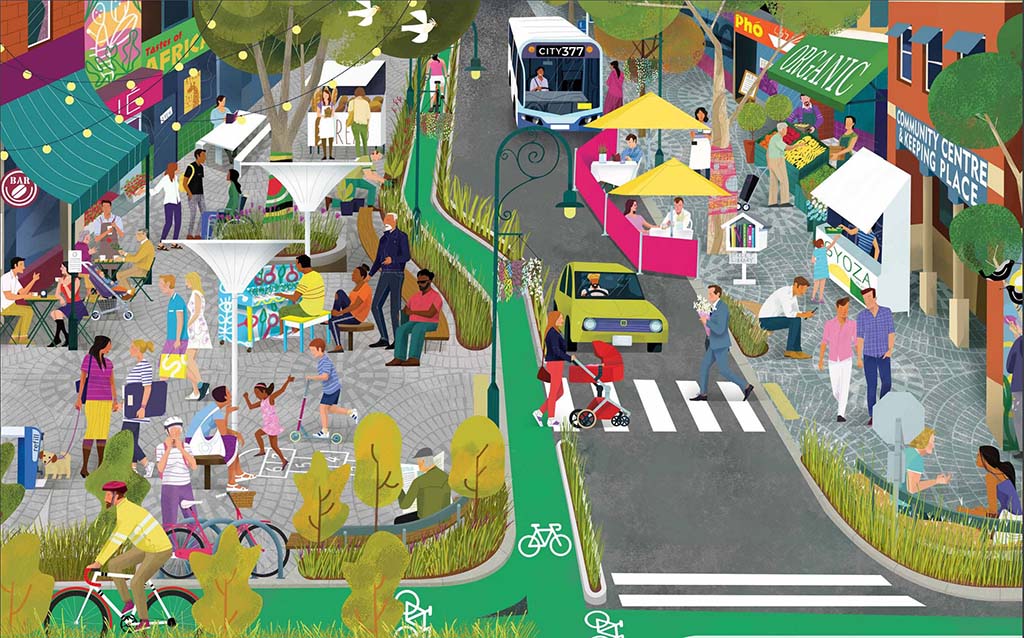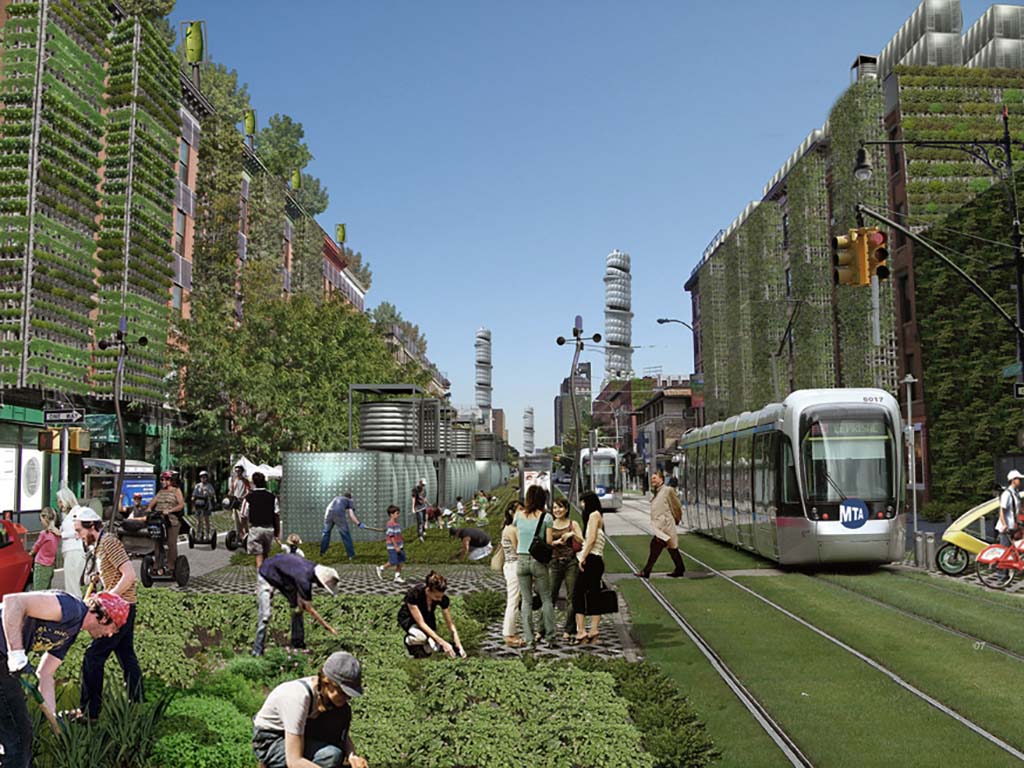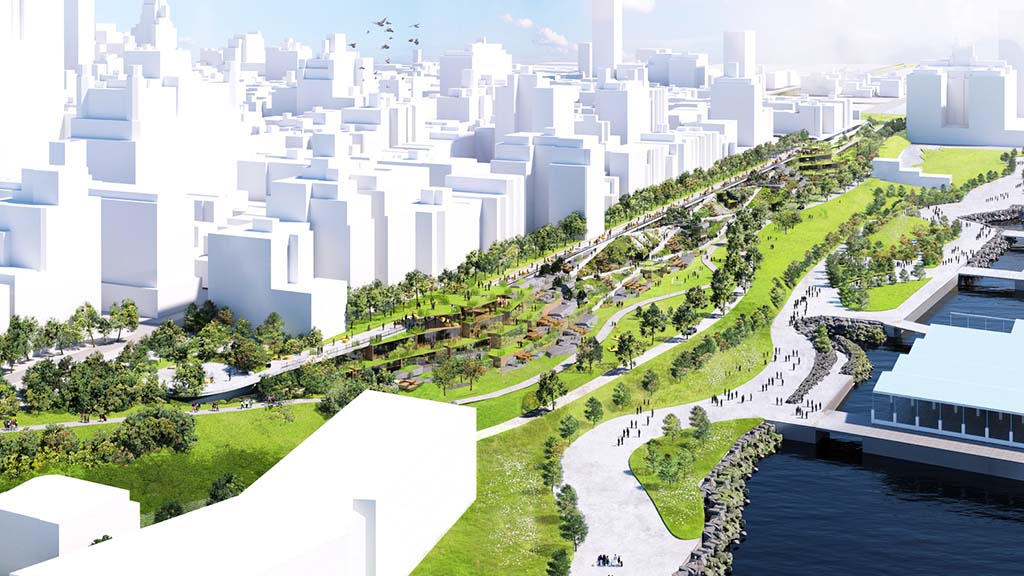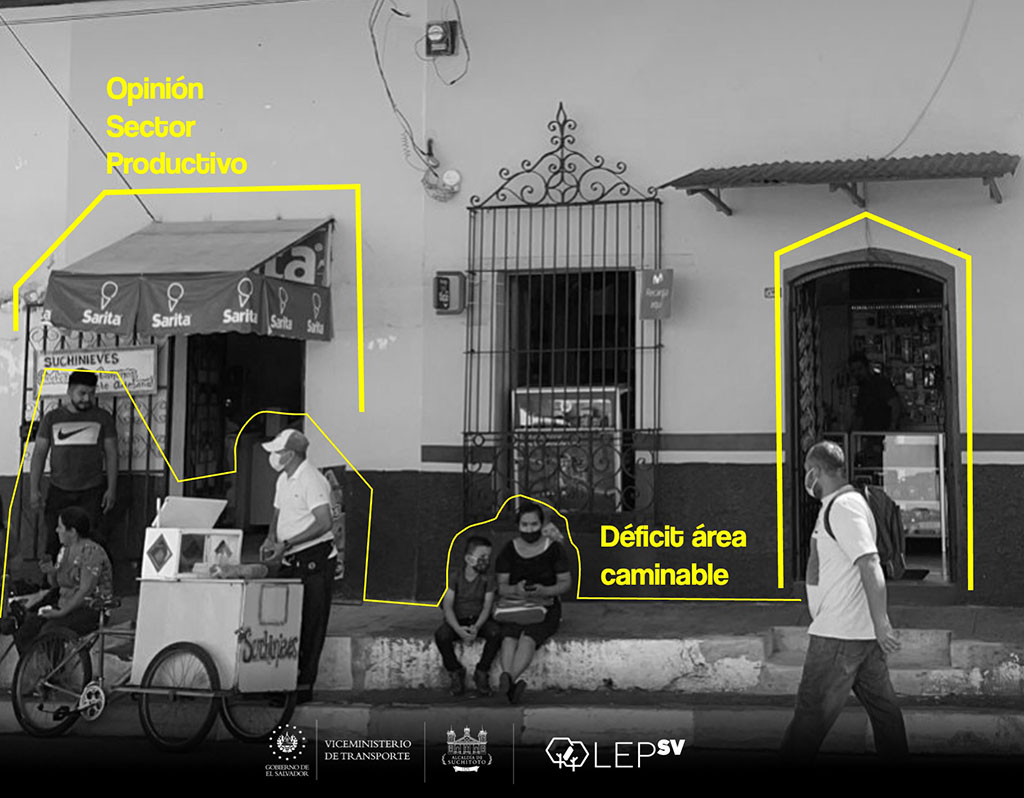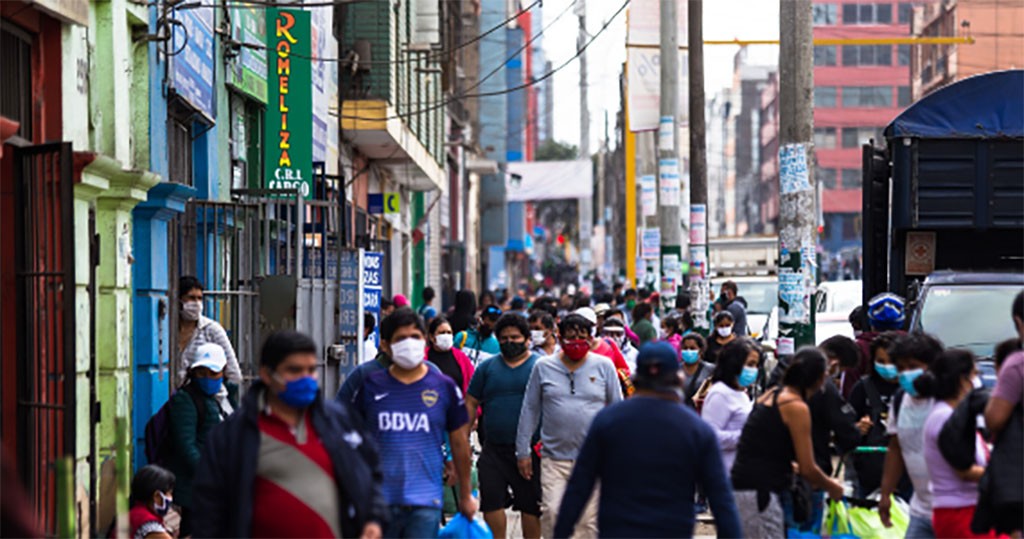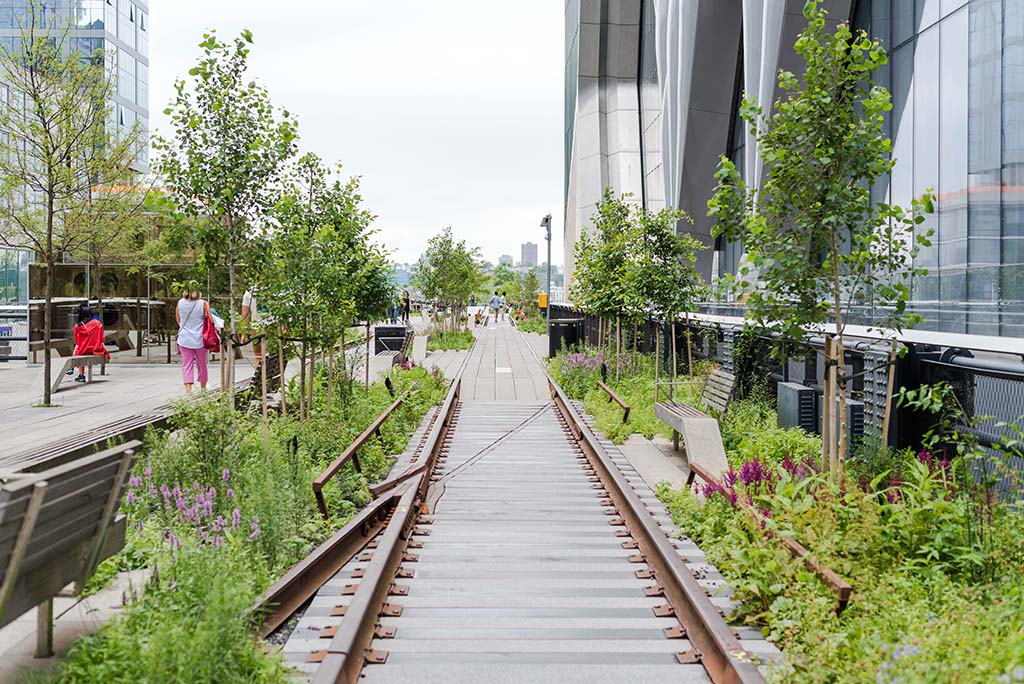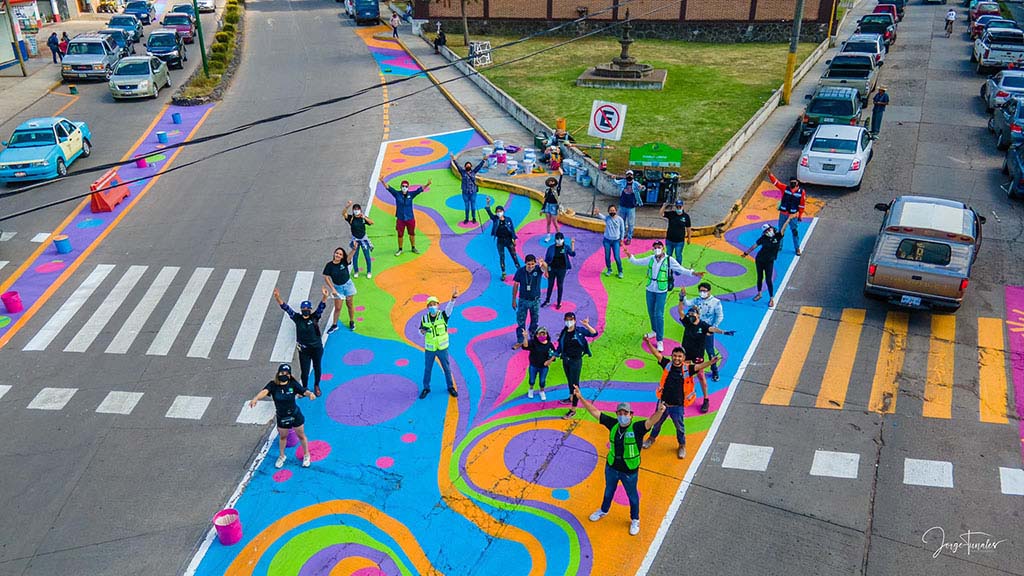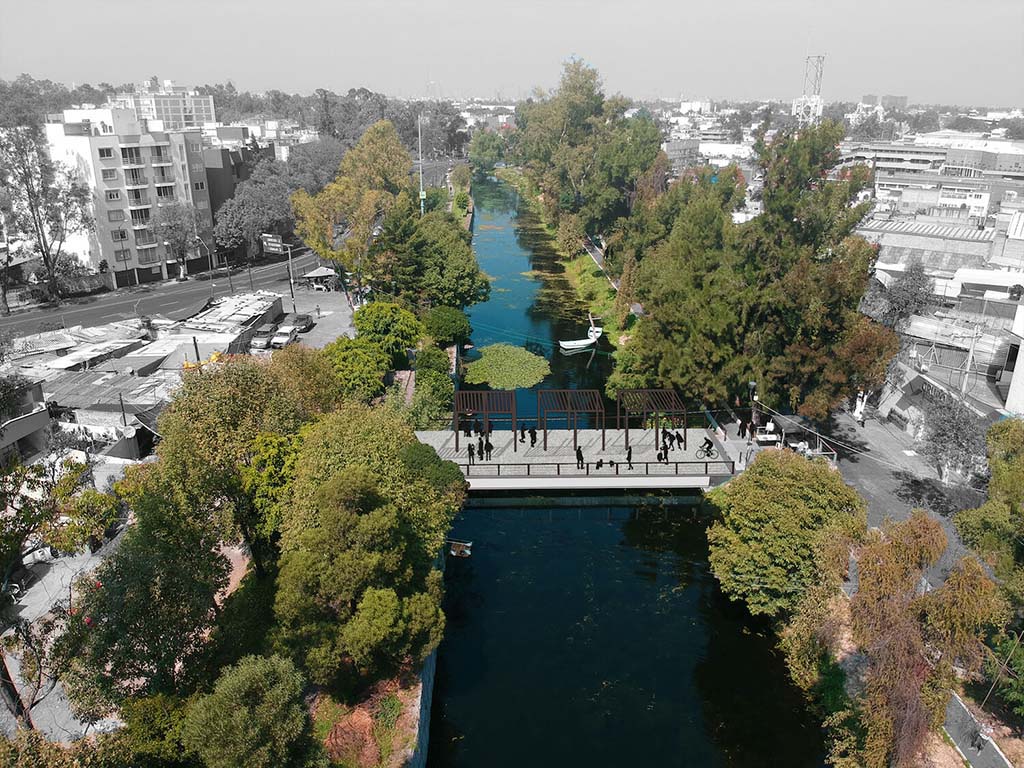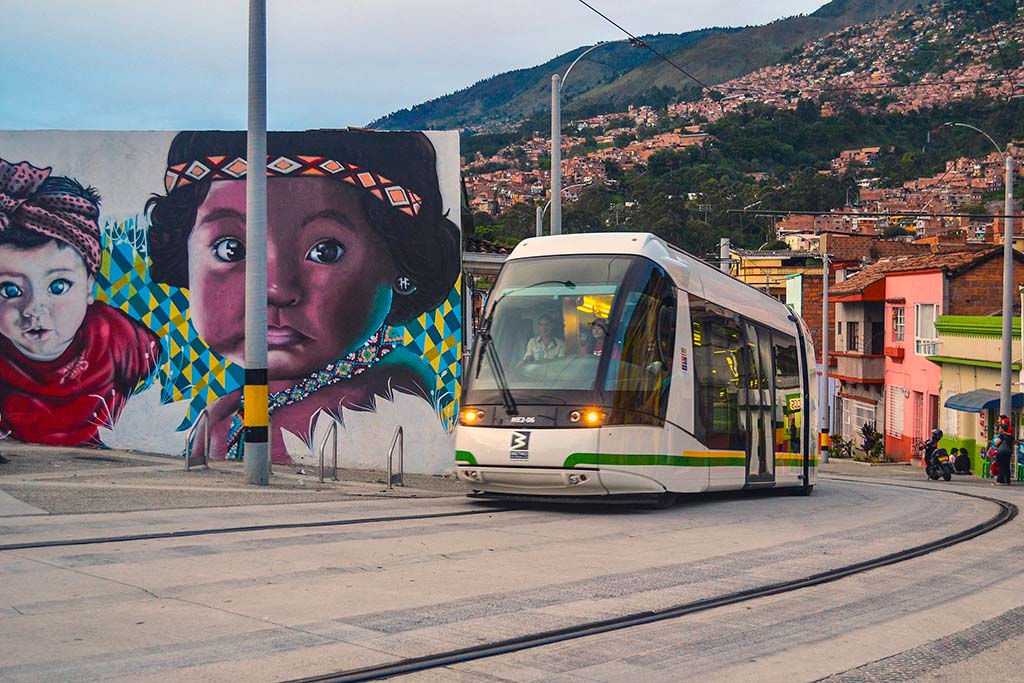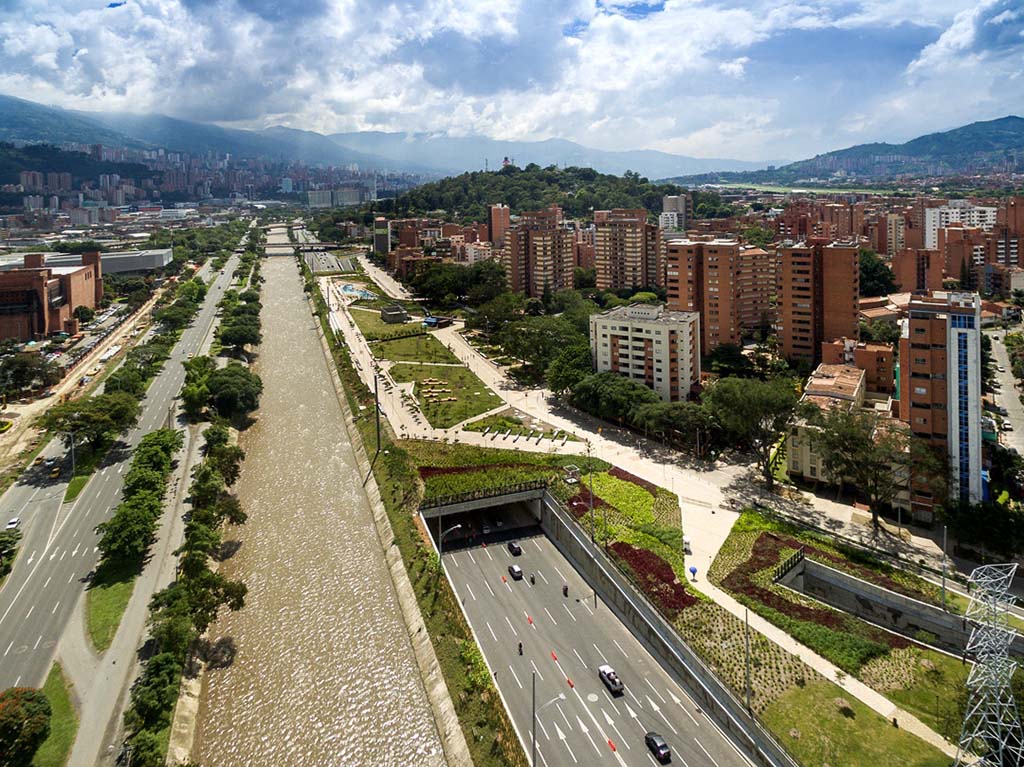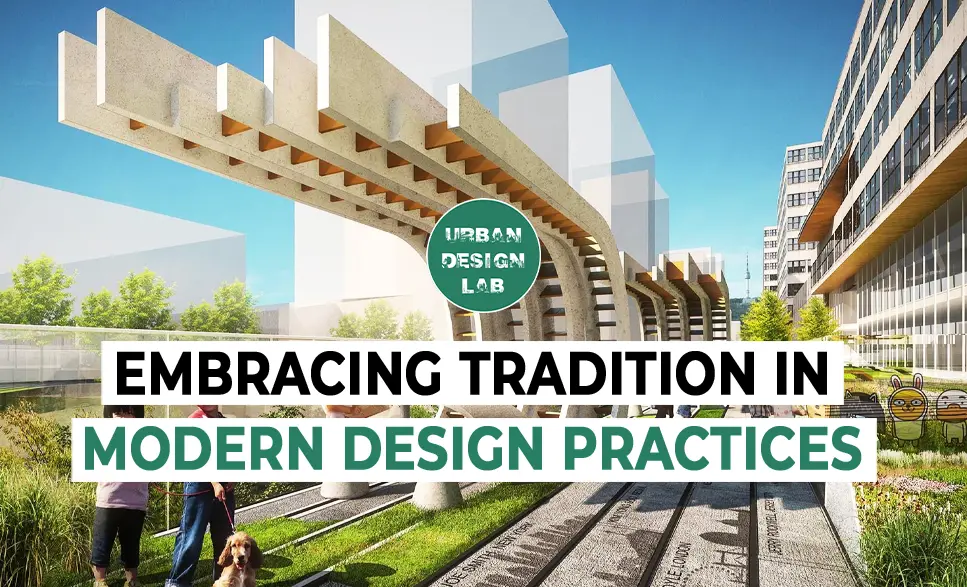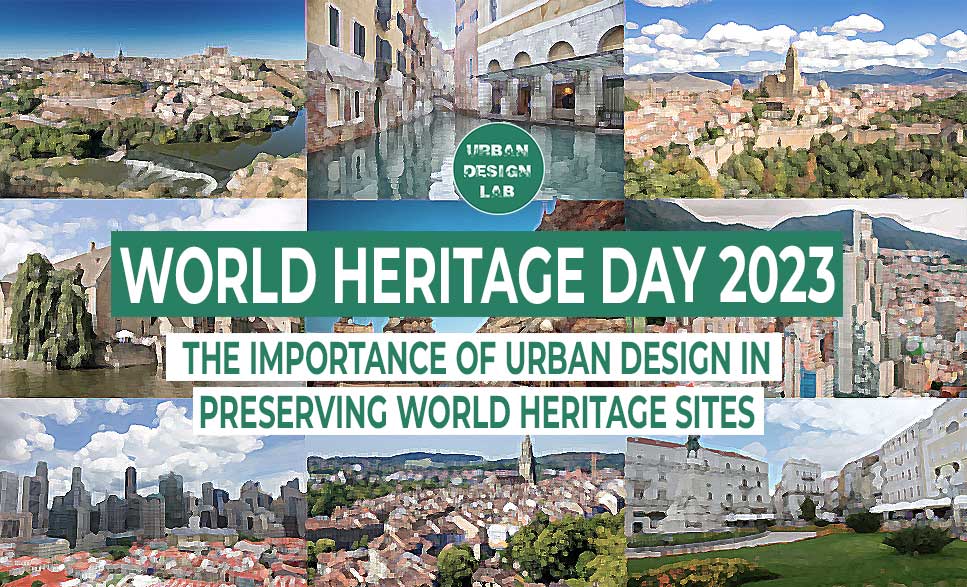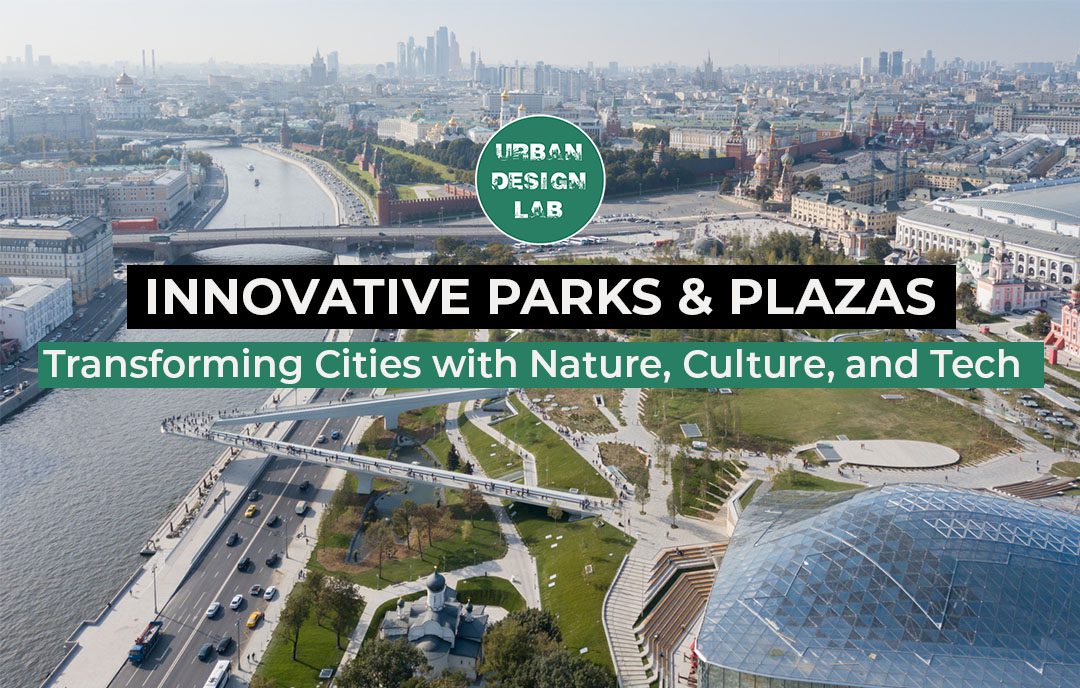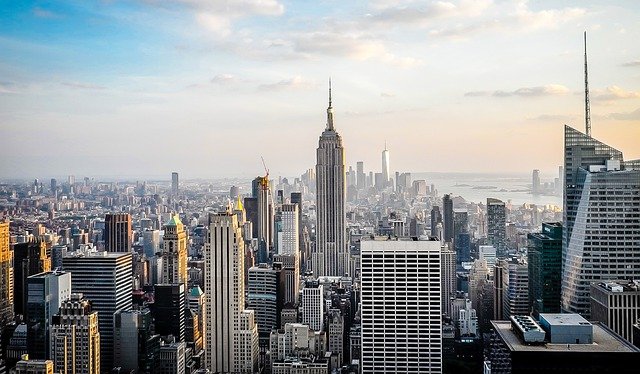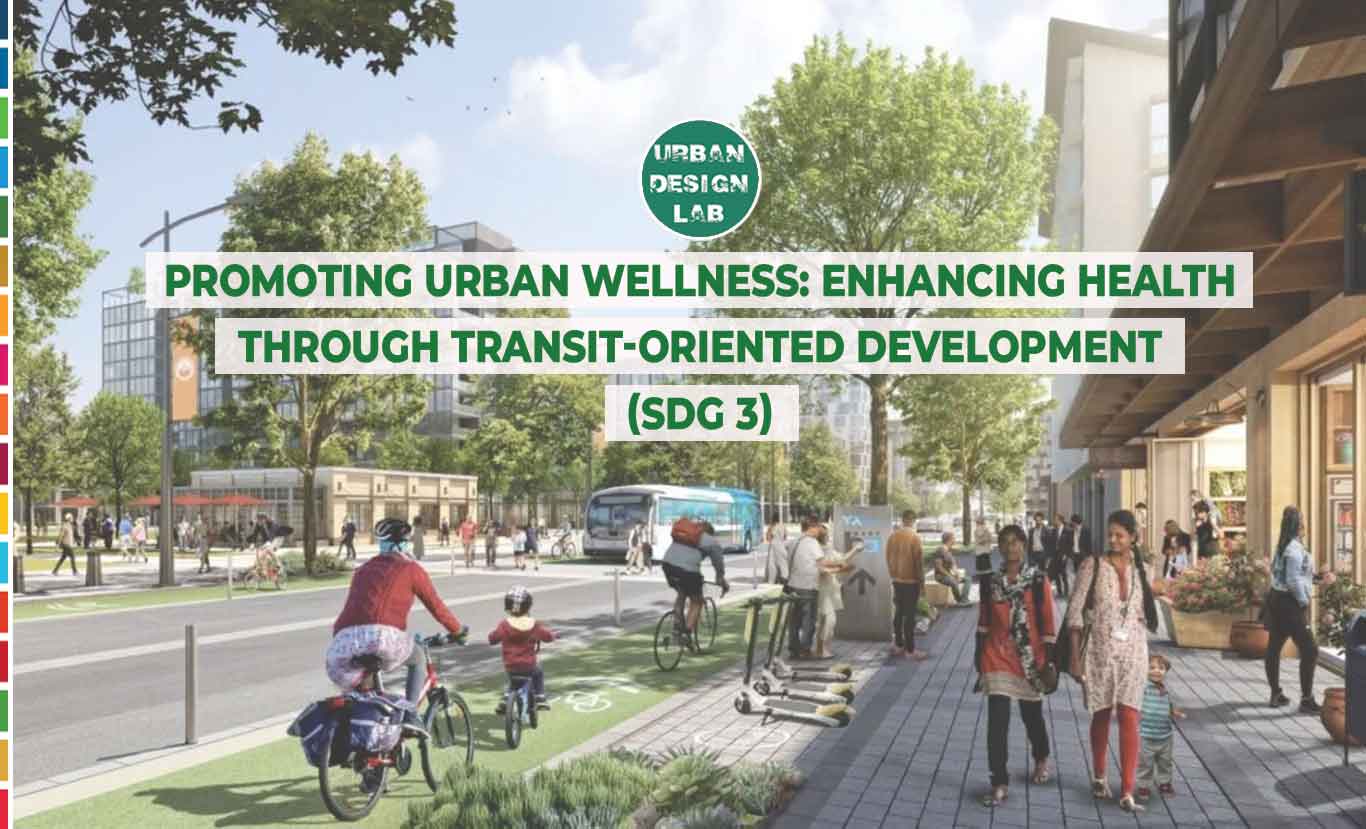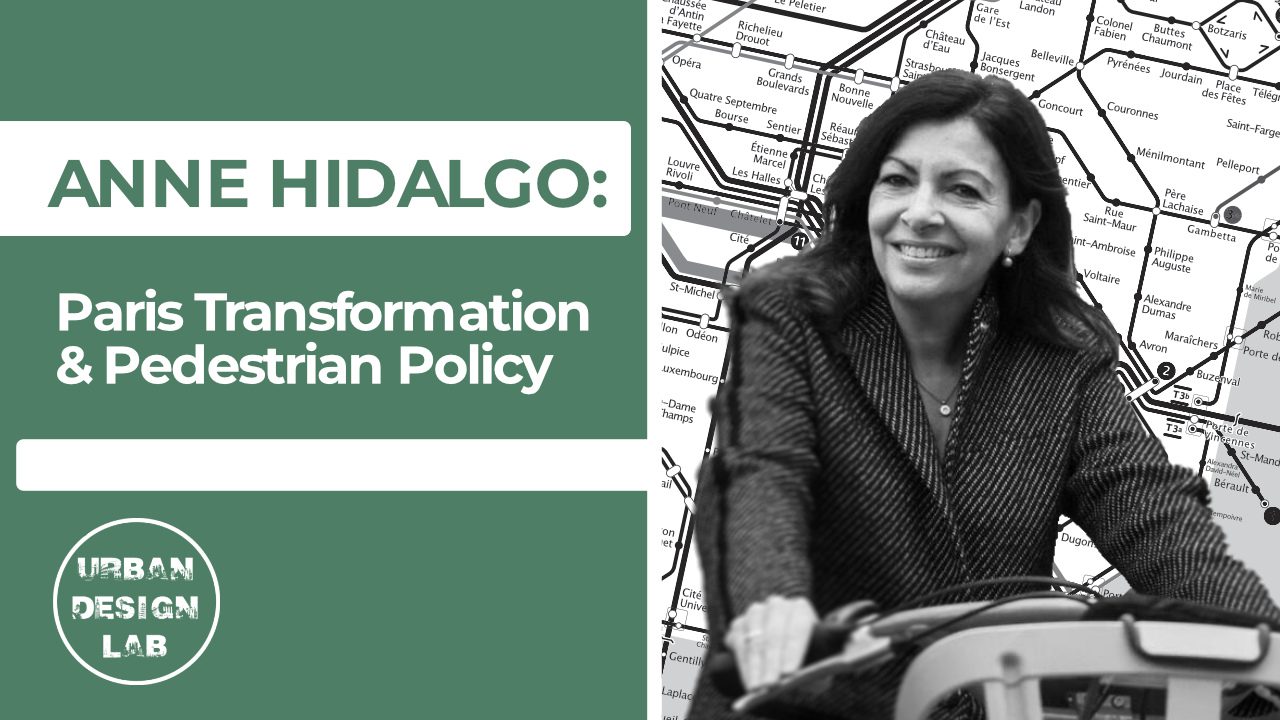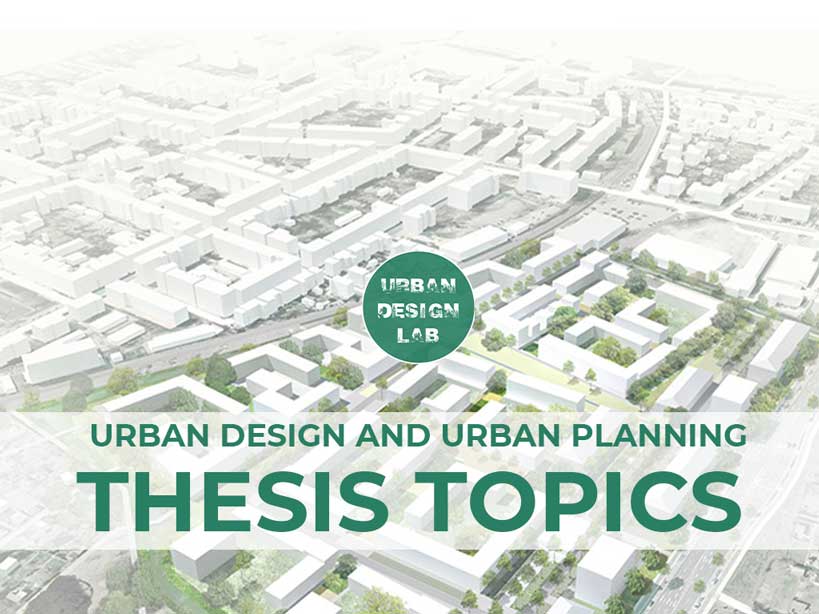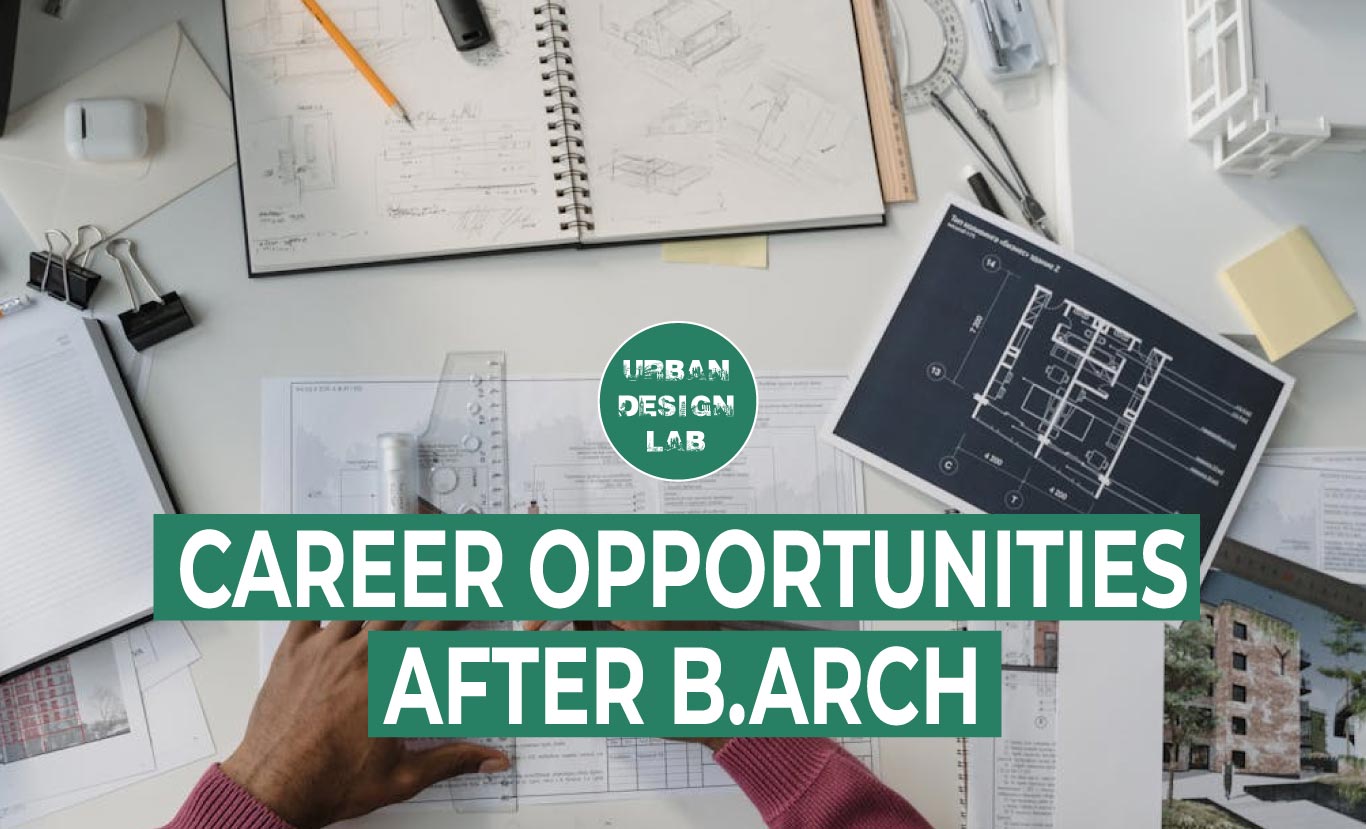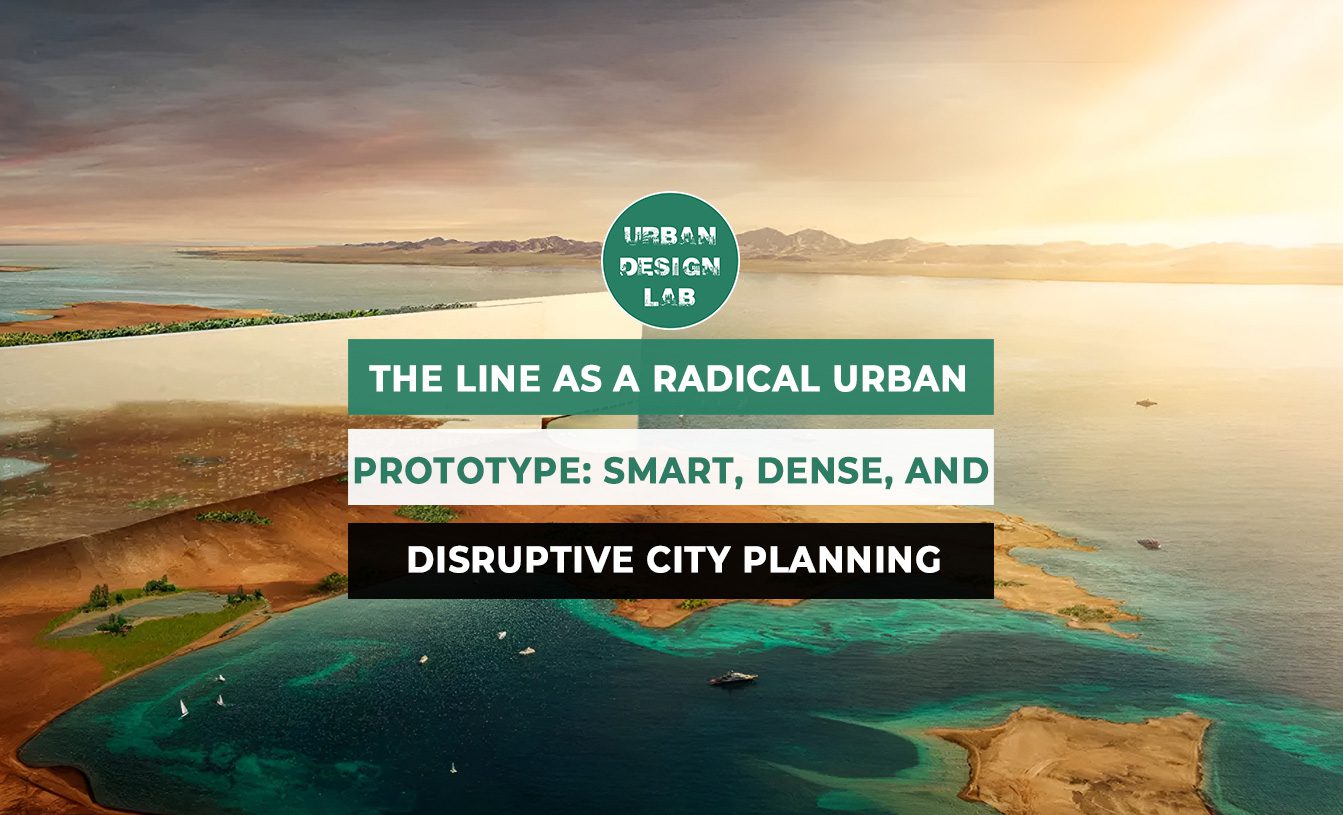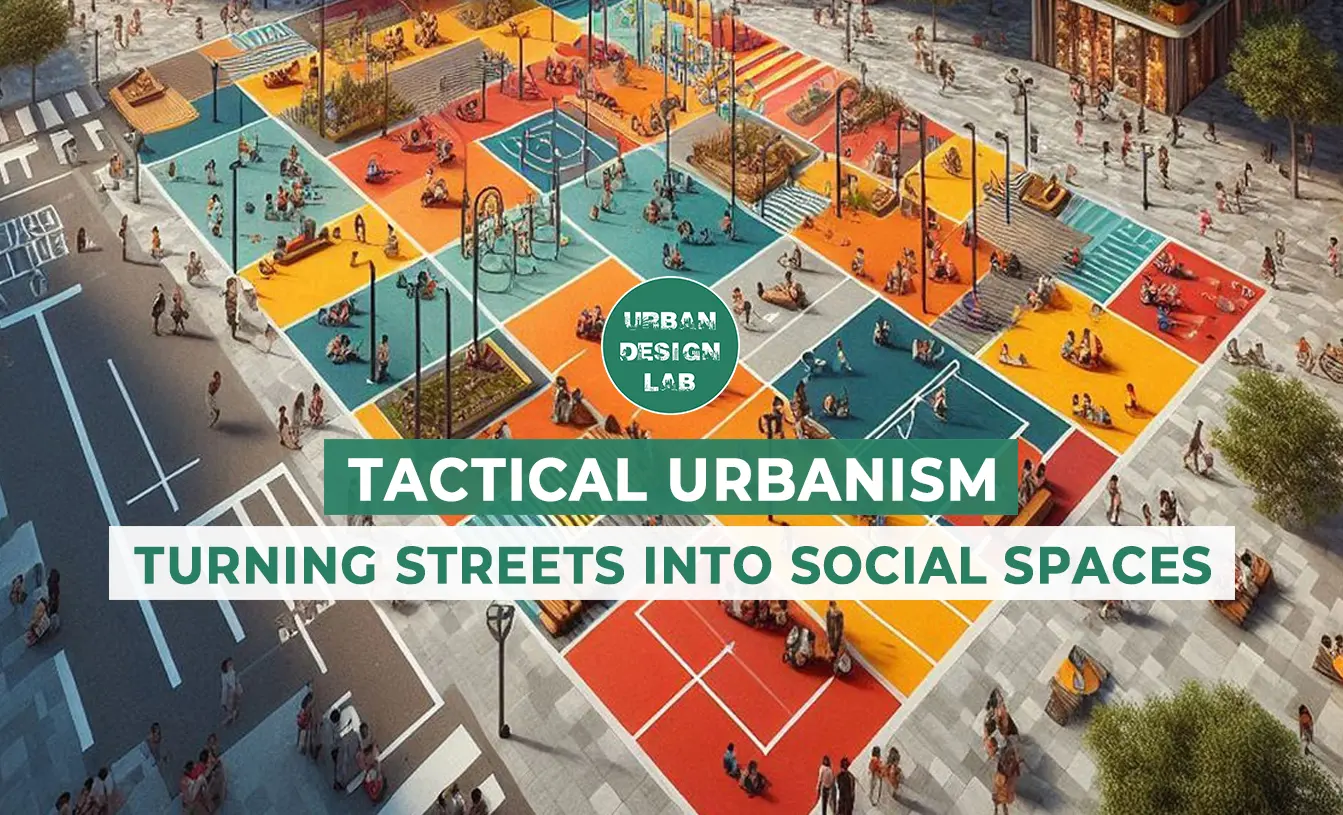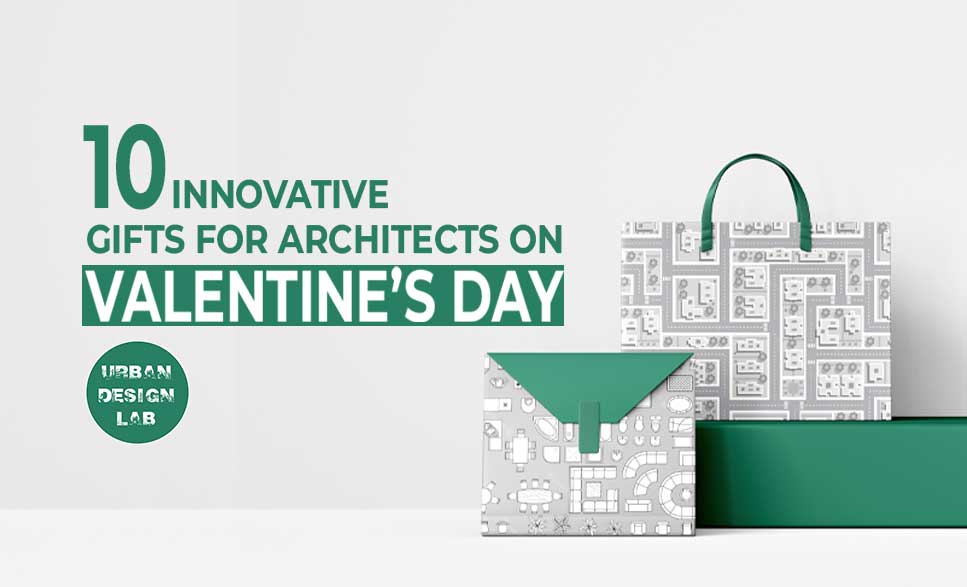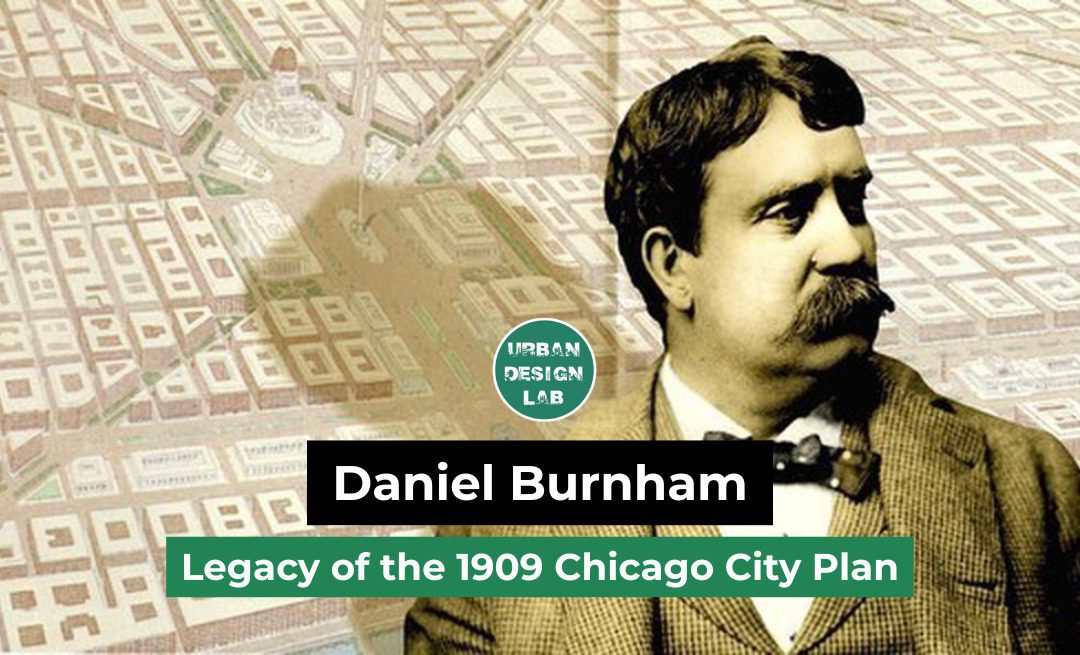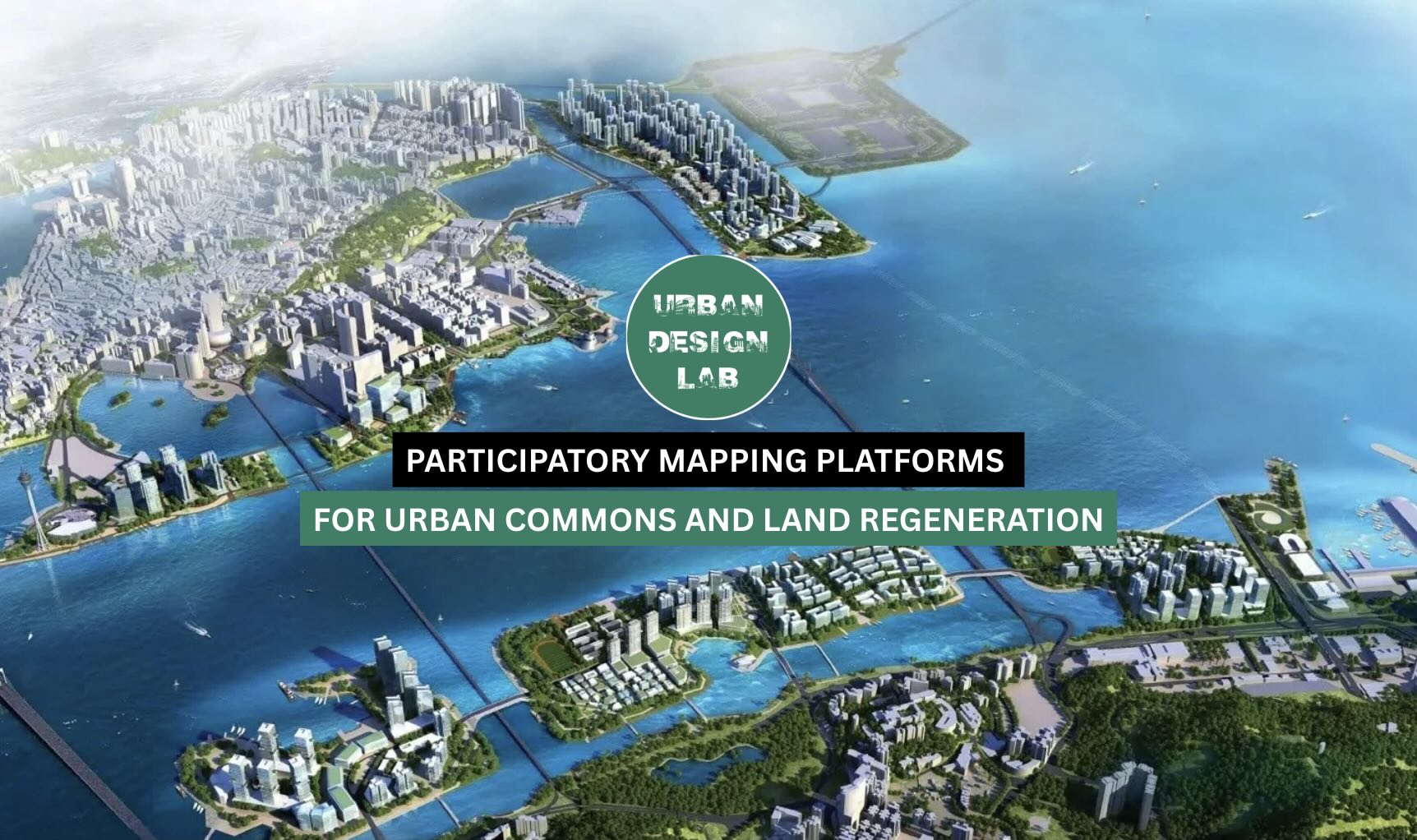
Healthy Veins of the City: Safe and Sustainable Streets
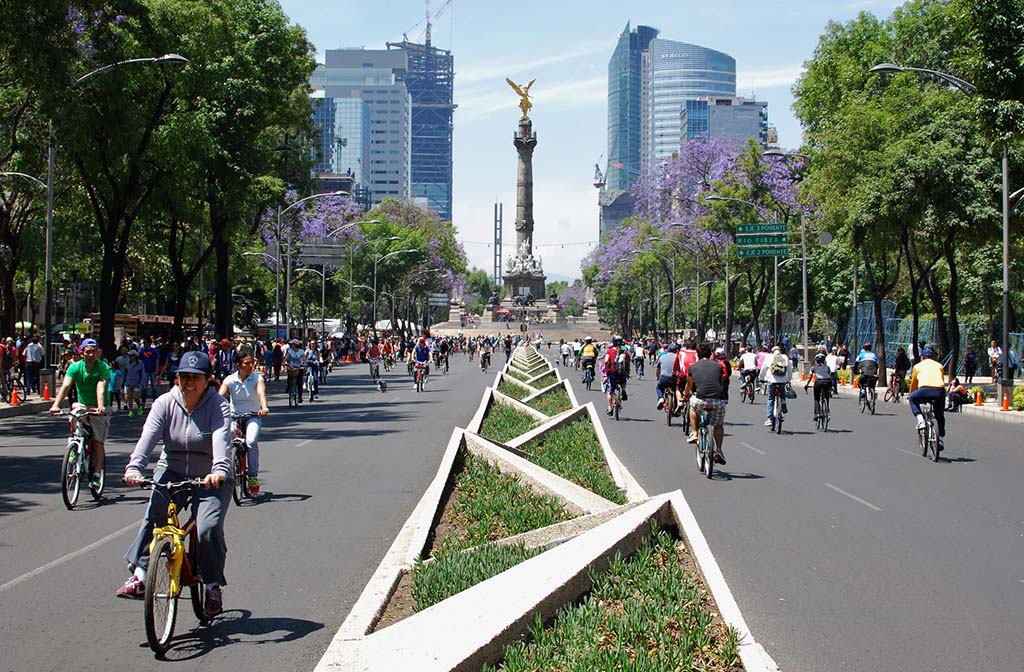
Environmental Anatomy
To understand the composition of the urban environment, it is necessary to compare it with similar organisms, such as the human body. The urban spaces of a city are connected, establishing the hypothesized concept of the Skeleton of the City, these urban spaces are designed under different regulations according to their unique characteristics.
First and foremost, streets as well as green spaces, are crucial to mitigate the effects of pollution and reduce the urban heat island effects that negatively affect urban life. Like the human body, when the narrowing of arteries occurs because of decreased blood flow, the nerves and other tissues result damage. Also, if in the long-term neglect these symptoms or problems are ignored, a complete blockage can cause a heart attack.
Unattended Symptoms
Something similar happens with cities when the streets and public spaces are obstructed by urban disparities such as the absence of green areas, scarcity of functional infrastructure, deficiency in mobility and walkable areas, and unavailability of basic elements in the design of streets. Consequently, this results in unattended symptoms that modify the quality of life, health, economy, and culture of the city, and are the free path that leads to a winding road of insufficiency in the veins – streets – of the urban skeleton.
Fortunately, sustainable design plays a role in favor of public spaces and works in favor of users by providing a wide variety of functional and symbolic purposes that are often performed in the streets. So, those veins in the city shape systems, allowing the organic circulation and performance of pedestrians and their activities, or hindering it.
To successfully circulate sustainability through the veins of the city and in the urban tissue, it is necessary to stitch the urban anatomy and the organic activities performed thereto by:
1. Achieving the framework of the city, initiating interaction, enhancing mental and physical health and wellness, dismount-built structures with unbuilt intermediate forms, and enhancing health and hygiene.
2. Providing economic and financial opportunities, evolving nature, and setting an example for the future growth and evolution of other cities, creating smooth transitions. (Schlaikjer, 2010).
Sustainable Veins in the Global North
Some sustainable solutions –healthy-friendly– choose to decrease urban motorize mobility, and include the cyclist infrastructure, as well as the pedestrian, sustainable public transport, and water conquer the space emerge as possible solutions. But the battle for the fusion of nature and city continues, to create spaces of balance that can create a transitory organic flow between city and nature. The landscape, ecology, and agriculture are incorporated into the streets, such as the initiative of Cheoggyecheon, in South Korea. Solutions include the elimination of highways and restoration of the urban fabric, creating new development opportunities. At a time when livability and civic health are priorities, we urge a shift towards post-pandemic and pre-disaster solutions.
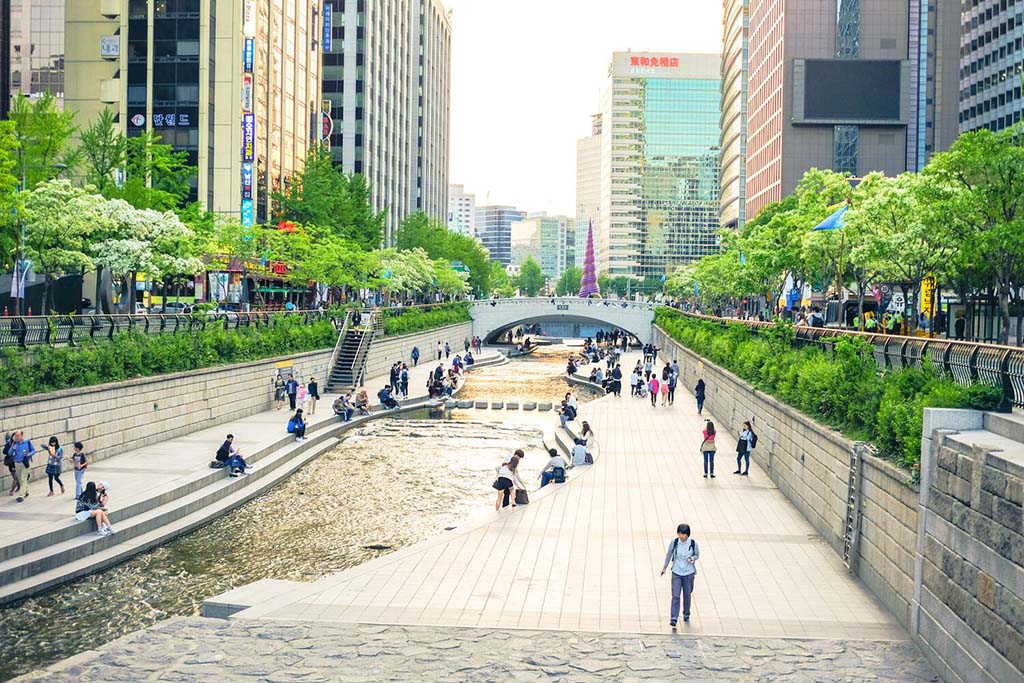
If every corner of the city were used to its maximum potential under optimal conditions, a healthy city would be achieved. Therefore, the importance of identifying the organs of a city and operating them with maximum efficiency lies in urban design and re-design. In addition to identifying public spaces, we must rely on sustainable design, and unexplored potential within the urban fabric, analyzing their problems and designing a solution for them that serves the benefit of the inhabitants (Barun, 2021).
1. Balanced Streets
Adjacent to the importance of streets as environmental systems and regulators of the safety within the city, the processes of observation, diagnosis, design, and evaluation of streets or urban roads, are vital in the reconfiguration. After this, through the intervention of streets in different parts of the world, open spaces, green infrastructure, and human settlements, the evidence to foster urban prosperity in urban and street design to continue the transition toward compact, mixed, sustainable open spaces, will create more resilient cities (e.g., Michael Sorkin: Sidewalks of New York 2 renders explaining the proposal, see below).
2. Recycling Roads
According to an analysis by the Institute of the Paris Region, it stands out that degraded neighborhoods have been reorganized, reusing urban roads for other uses (housing, parks, etc.). Therefore, giving active modes of transit and public transit the priority that corresponds to them, without mobility and economic activity having suffered (Héran & Lecroart, 2021).
Many cities in the Global North have chosen designs based on road removals. To restore the urban fabric and unlock new development opportunities. The transition between urban and natural environment takes place within cities, providing security and well-being to citizens. To exemplify this concept, in New York City the urban design proposal of Bjarke Ingels Group (BIG) explored the idea of covering the Brooklyn-Queens Expressway with a deck structure that would accommodate a public parkland, fostering continuity and transitions including nature and city, within the city.
Sustainable Veins in the Global South
For the realities of the Global South, based solutions not only seek to rethink traffic but locate spatial resources with potential for green infrastructure and public spaces. But unlocking potential land for development. Some cities in the Global North see the removal of roads as an opportunity for the city to develop inward and densify the center. But these solutions are often too drastic in the South to implement if the basic principles of intervention and redesign fail to perform from the beginning of the urban design applications.
City solutions require tools in our streets to perform our activities safely. However, it is important to question ourselves, are we prepared to live in the public space with the new realities and possible threats against humanity? And yet more important to question, will those solutions for urban sustainable streets foster safety, equity, and equality?
1. Unavoidable Concerns
Cities are enduring the COVID 19 pandemic crisis, many with overburdened health systems, inadequate water and sanitation services, and other challenges. What becomes more evident are the problems, especially in the case of the poorest areas, where the pandemic has exposed deeply rooted inequalities derived from the scarcity of open spaces, elements that allow adequate proxemics for social distance, among others that are in deficiency at public spaces (e.g., the absence of proxemics, social distance).
While not all road removal projects are of equal value to local communities, it is vital to consider existing transportation infrastructure through the lens of contemporary urban planning values, especially considering current climate challenges and risk management against health pandemics.
Undoubtedly, urban highways represent an untapped spatial potential for cities to develop more sustainable and community-oriented development strategies, but in cases such as less developed countries in the Global South, these solutions and innovations don’t consider environmental equality due to the modernist utopias of urban design.
2. Green Inequalities
If the veins of the city are clogged, with ignored symptoms, and with a shortage of sustainable elements, the spread of unhealthiness, and the exponential factor of insecurity, could begone to control if they are not attended to. Moreover, the inhabitants of these Global South countries experience perverse and unequal impacts, which disproportionately affect the most vulnerable populations leading to exacerbating green inequalities and green gentrification (Campello et al., 2022). Certainly, the interventions and their application must be simultaneous with the developing situation of each country, they must be following their economic, social, cultural, and natural possibilities.
In the case of the former railroad turned elevated park, the New York City High Line (see image below), a prime example shows the creation of new green spaces to beautify, ameliorate, and revitalize surrounding communities. Although certainly one of the city’s most popular parks, the High Line also serves as the culprit for a sharp 35% increase in adjacent housing values.
Elements and Sustainable Streets responses in the Global South
Some examples from the Global South to begin to restore the urban fabric have been based on taking advantage of the opportunity to introduce more green infrastructure and recover public space, with tactical urban planning interventions, the establishment of cyclist and pedestrian infrastructure, and in the case of some countries, such as Mexico, the first Mobility and Road Safety regulations, and design manuals for streets, green infrastructure, and design with a gender perspective ( e.g., see below tactical urbanism intervention by LEPMX). Fervently seeking public health benefits, some cities are still considering building new urban highways or expanding existing ones.
Given the complexity of challenges that intervention in the urban and social fabric represents the design of safe and sustainable streets has as its goal the training and information on urban and street design through knowledge of the design of urban planning. The goals established in the Objective 11 of the 2030 Agenda for Sustainable Development are associated with the design of urban infrastructure making cities inclusive, safe, resilient, and sustainable.
1. Antidotes for the Global South
Some of the vital elements to design according to the realities of the cities of the Global South are fundamentally based on the problems of their communities, which are directly affected by the culture, economy, and natural context:
1. Recognizing the Public Space, and the streets as the conduit of prosperity, through the economy, culture, and nature with its different environmental systems. As well as the international agreements to improve street infrastructure mentioned in the New Urban Agenda, and local manuals and regulations.
2. The implementation of realistic goals to achieve in the design of streets aligned to urban design and road design, along with the various objectives within the countries of the Global South focus on public health and safety. Also, the elements of environmental service in the streets, and elements of public safety, are crucial for streetscapes in regeneration.
3. As well as in the reconfiguration of habitability and speed, with strategies to decrease traffic, and manage speed through traffic control devices. Thus, the pedestrianization of streets becomes essential and redesigning public space by adding cycling infrastructure in most cities, promoting integrated public transit, reducing car use, and rehabilitation of green and blue infrastructure (see example below).
Undoubtedly, the importance of bonding with organizations and institutions is based on showing the willingness to find common concerns and goals of contributing to society. According to the Sen Sos Habitat team, some of the Mexican government secretariats have been allies, serving as a medium between the needs of the population and the government due to the similar objectives of upholding and facilitating the interventions in many cases.
In so far as their methodology, it is important to mention, the significant task of creating collectives so that actions do not remain in individuals. Since the transmission of ideas through the community, it is wider it has a willingness the connection with society and makes it accessible to the understanding of the public.
A distinguished sustainable application of sustainability that led to a positive change in Global South cities
Presently, it is necessary to identify the key areas for a socio-ecological transformation of the countries of the region. The structuring axis of the challenges of sustainable urban development in Latin America is the relationship between society and territory, understanding that the territorial and spatial sphere is indivisible from the environment, and as a unit, both are transversal to the rest of the social phenomena in general. Therefore, the results in the following cities, respond to a specific situation.
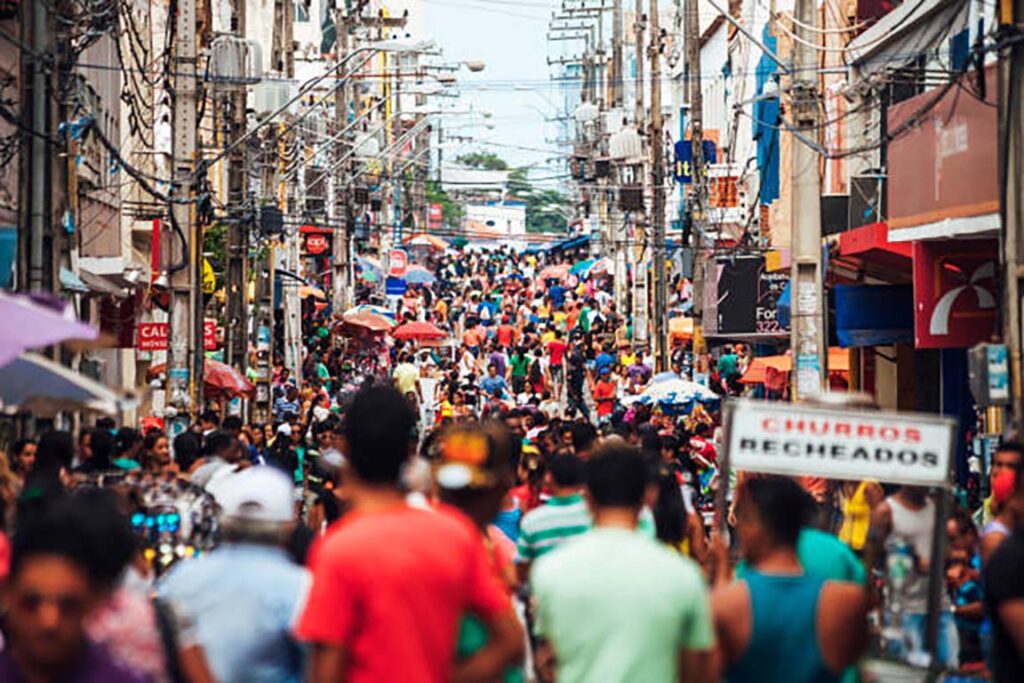
A Shout-Out to Colombia
Colombia is recognized worldwide for its contributions to the environment and sustainability in architecture and urban design, including national policies, planning instruments, manuals, and regulatory documents.
From the various analysis, the urban planning in this country had the evidence needed to integrate approaches developed by instruments into one, with a global and systemic vision. This highlights the importance of strengthening control mechanisms so that the required measures are met and progress in the search for sustainability in the construction sector can be quantified to apply future interventions based on the obtained data.
Applying the Basics
Focusing on sustainable urbanism and relying on the three pillars of sustainable development: environmental, social, and economic, means that it is a holistic exercise. The basic principles of sustainable urbanism used in Colombia are condensed in The Carter of the New Urbanism, which can be applied at various planning scales: building, neighborhood, urban block, city, region, and country (Rodríguez et al., 2018). These are:
- Pedestrianization of cities.
- Urban connectivity.
- Diversity in land use.
- Diversity in housing.
- Quality in architecture and urban design.
- Traditional structure of neighborhoods and neighborhoods.
- Increase in urban density.
- Smart transportation.
- Urban-architectural sustainability.
- Quality of life.
Conclusion
It is critically important to care about urban planning applied to urban regeneration today. Urban design, urban planning, and environmental design in some countries are capital-driven, speculation-driven and investment dominated. Many inhabitants of the Global North can afford to house, streetscapes for wellness, safe and sustainable streets, but many in the Global South can’t in the same amount, same interventions and applied under the same terms.
As is the case in many Latin American countries, where austerity measures have taken disastrous outcomes on public infrastructure leading to green inequalities. For this reason, is important to offer real alternatives for real problems, rooted in radical care perspectives anchored by the social, urban, economic, and environmental crisis.
Proof of this is the compromise as a whole system shown in the exceptional examples of policy, urbanism, and architecture applied to regenerate Colombia’s urban anatomy. The veins in Colombian cities will continue working to contribute to the anatomy of functional, healthy, and equitable cities, due to the establishment of the mechanisms that allow the municipalities to promote, in the exercise of their autonomy, the ordering of their territory, the equitable and rational use of the land and the execution of efficient urban actions.
References
Schlaikjer, E. (2010, April 12). “Mumbai on Two Feet”: Open public spaces for a Healthier City. TheCityFix. Retrieved June 17, 2022, from https://thecityfix.com/blog/mumbai-on-two-feet-open-public-spaces-for-a-healthier-city/
Barun, N. (2021, July 7). Rediscovering the public space. Architecture & Design. Retrieved June 17, 2022, from https://www.architectureanddesign.com.au/features/comment/rediscovering-the-public-space
Héran , F., & Lecroart , P. (2021, December 8). Por qué la eliminación de autopistas puede reducir la congestión del tráfico. The Conversation. Retrieved June 17, 2022, from https://theconversation.com/por-que-la-eliminacion-de-autopistas-puede-reducir-la-congestion-del-trafico-173017
Campello, P., Irazábal, C., & Jacobi, P. (2022, March 8). Editorial: Urban greening in the Global South: Green Gentrification and beyond. Frontiers. Retrieved June 17, 2022, from https://www.frontiersin.org/articles/10.3389/frsc.2022.865940/full
Rodríguez, L., Villadiego, K., Padilla, S., & Osorio, H. (2018, September). Arquitectura y urbanismo sostenible en Colombia. Una Mirada Al Marco reglamentario. Bitácora Urbano Territorial. Retrieved June 17, 2022, from http://www.scielo.org.co/scielo.php?script=sci_arttext&pid=S0124-79132018000300019
Mexican researcher that holds a Bachelor’s in Architecture from the Veracruzana University, and aspiring Urban Planner at the Spitzer School of Architecture, New York. Enthusiastic about solutions based on nature, and organic transitions between the natural and the urban realm. She is passionate about art, the natural environment, and its effect on the human psyche.
Related articles


Architecture Professional Degree Delisting: Explained

Periodic Table for Urban Design and Planning Elements


History of Urban Planning in India
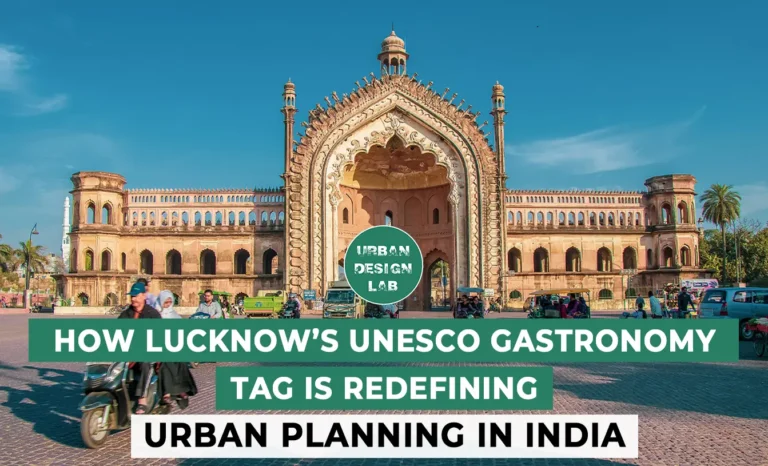
UDL Illustrator
Masterclass
Visualising Urban and Architecture Diagrams
Session Dates
17th-18th January 2026

Urban Design Lab
Be the part of our Network
Stay updated on workshops, design tools, and calls for collaboration
Curating the best graduate thesis project globally!

Free E-Book
From thesis to Portfolio
A Guide to Convert Academic Work into a Professional Portfolio”
Recent Posts
- Article Posted:
- Article Posted:
- Article Posted:
- Article Posted:
- Article Posted:
- Article Posted:
- Article Posted:
- Article Posted:
- Article Posted:
- Article Posted:
- Article Posted:
Sign up for our Newsletter
“Let’s explore the new avenues of Urban environment together “


